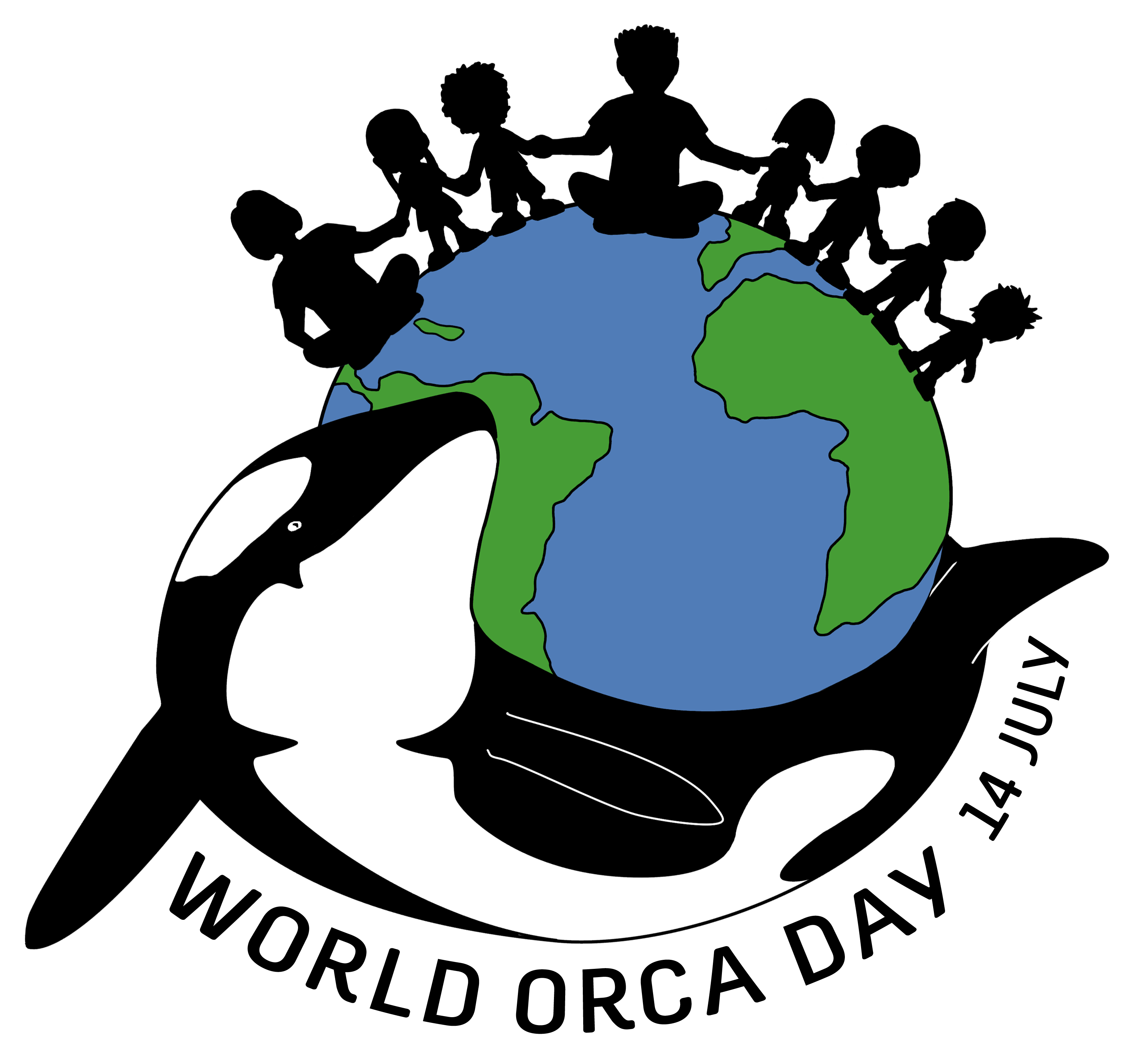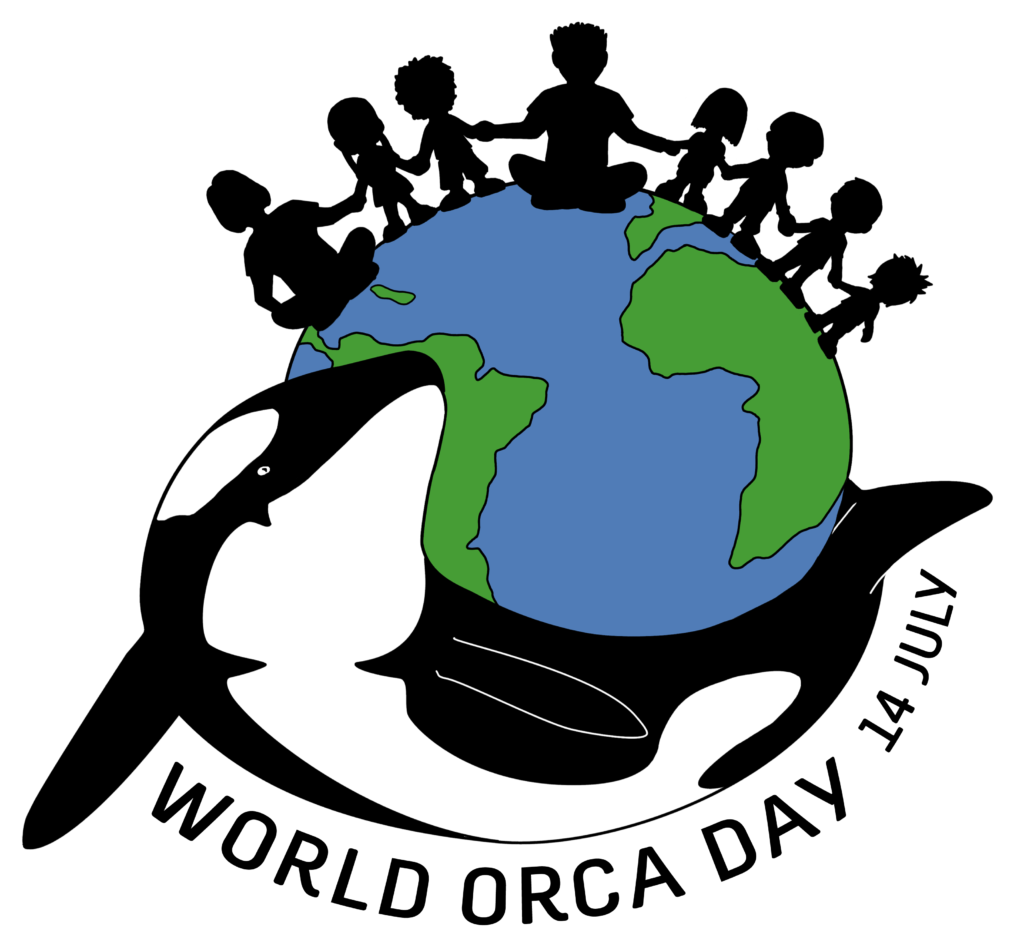
Join us in celebrating these amazing animals
#WorldOrcaDay
What Makes Orca So Special? (in other words, why have a World Orca Day?)
As the top predator in the ocean, these iconic animals are not only truly fascinating, but they are also known as a ‘keystone’ species. This, among other things, means that they play a vital role in marine ecosystems. They are also known as an ‘indicator’ species, or a species that can tell us a lot about the health and well-being of an ecosystem.

Furthermore, orca are considered an ‘umbrella species’, because if we can protect them, then all the species and habitats that are part of their lives should come as part of the package. Therefore, if we do things right to protect orca properly those actions will also act as a layer of protection for the environment and the animals that live within it.
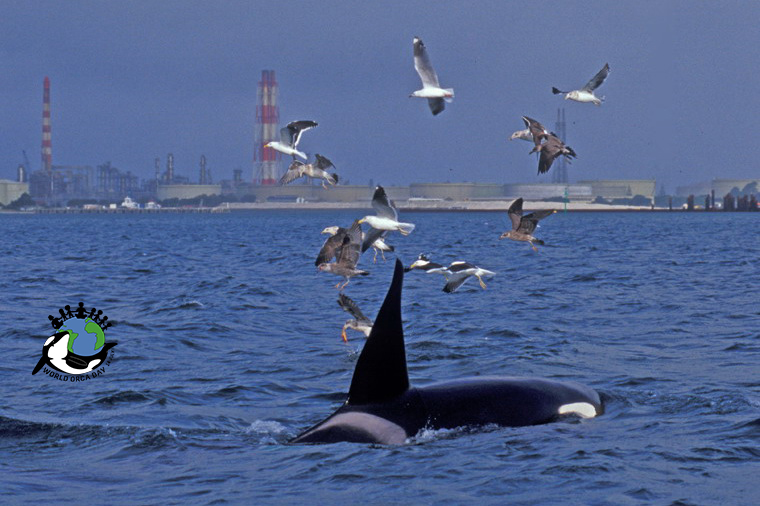
Orca are one of the most widely distributed species of cetaceans (whales, dolphins and porpoises), as they are found from the ice edges to the tropics, of both hemispheres.
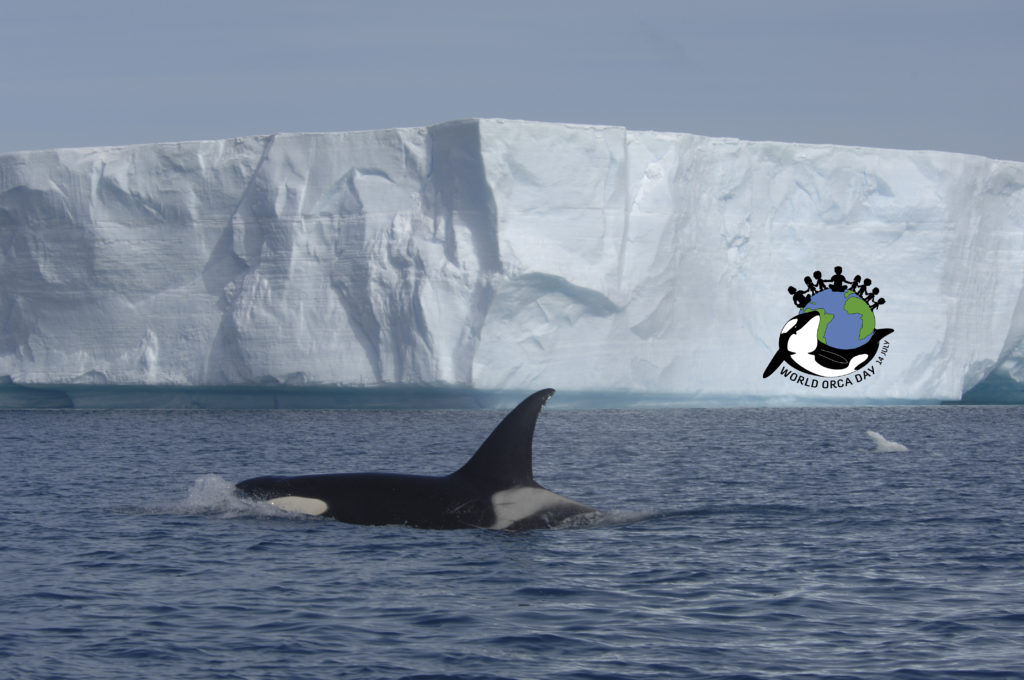
Although known by many different names (such as killer whale, asesina ballenas and kasatka), the Latin name Orcinus orca is used for all the orca around the world. The Latin (or scientific) name is believed to translate to be ‘god of the underworld’ or ‘demon dolphin’. They belong to the group of whales and dolphins called the Odontocetes, which means ‘toothed cetacean’. Within this they are classified into the dolphin family (based on a number of features, such as the shape of their teeth), which makes them the largest dolphin in the world.
There are many different orca ‘ecotypes’ around the world, some living side-by-side. Put simply, an ecotype refers to a distinct population of a species. Regardless of the species, ecotypes typically differ in body shape/size as well as behaviour (including hunting and social structure) and for orca they also differ in their dialects.
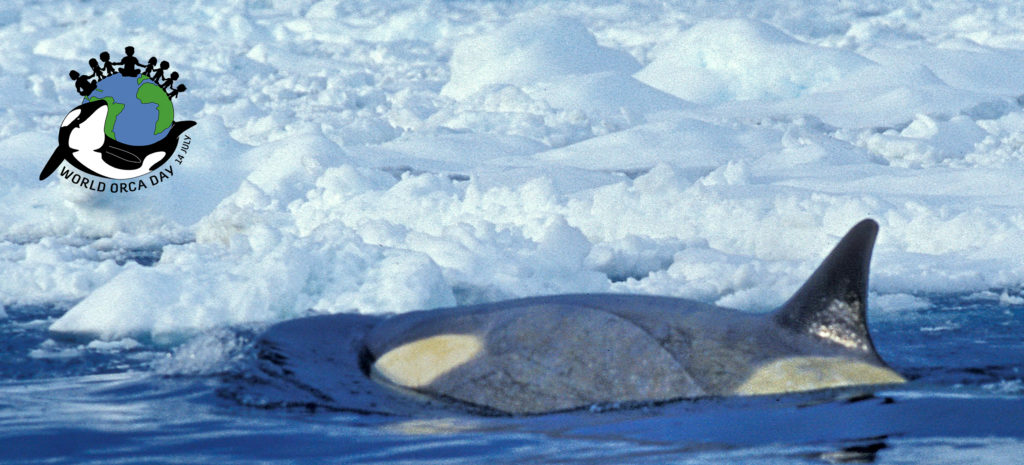
Currently there are an unknown number of orca ecotypes. Some scientists have suggested 22 ecotypes, however there are many others which are still not recognised or have yet to be described.
As a species, orca have been documented feeding on over 100 different prey species. However, each ecotype typically feeds in a very defined way and on a small select group of prey species. Both of these aspects make them vulnerable and sensitive to changes in their habitat.

But no matter how many ecotypes of orca there are, where they live or what they feed on, there is no doubt that these animals are impressive and worth protecting.
We encourage you to help with our Mission and join us in celebrating ORCA!
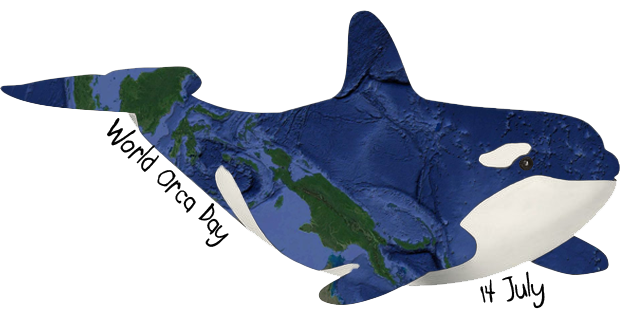
Mission
World Orca Day is a celebration of the species.
We aim to raise awareness of orca in the wild and the threats they face.
Our overarching goal is to increase protection for the species and, as a result, the oceans.
We strive to support a movement that brings together people who are interested in, and who advocate for, orca.
We promote fundraising initiatives for projects that support the World Orca Day mission.
TAKE ACTION
Check out our TAKE ACTION and Youth & Kids sections, with Calls to Action, Activities and Educational Resources that you can use to help fulfill the Mission of World Orca Day.
Although World Orca Day is celebrated on the 14th of July each year, that doesn’t mean that you can’t celebrate for the entirety of World Orca Week or run a special Orca Day event in your area.
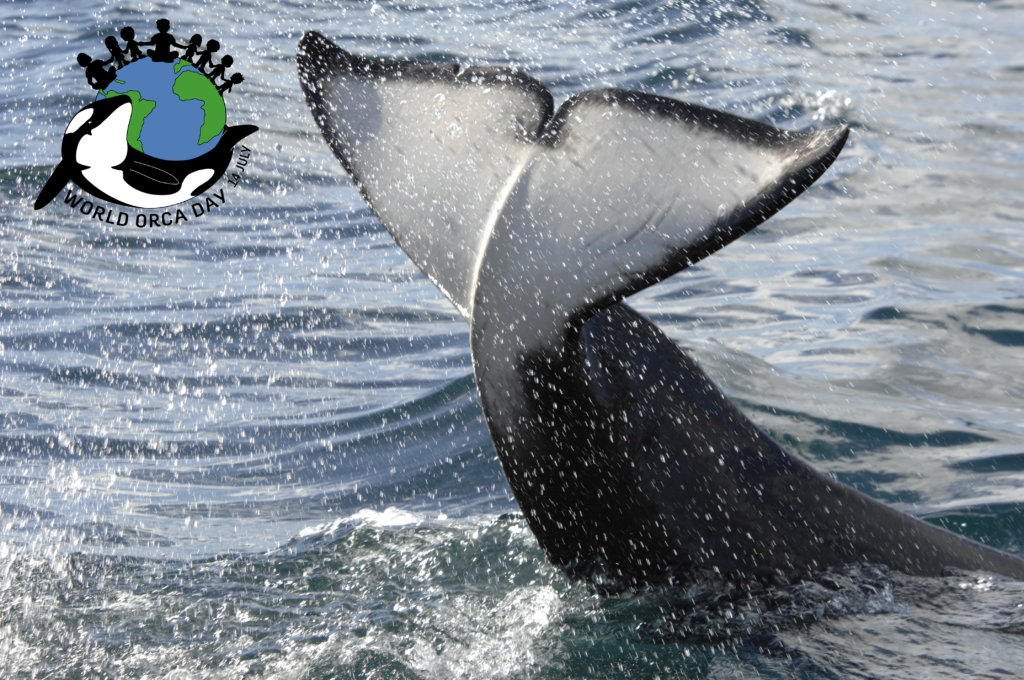
World Orca Day Logo
Our logo is designed to reflect the inter-connected relationships of the Oceans, Humans and Orca (thanks to Lee Harrison for this design).
Although the logo is TM and © to World Orca Day, you may use it to promote your own support of World Orca Day and its mission. You can download the logo in png format (transparent background). If you wish to use the same colour background as this website the hex code is #7cc5cc.
